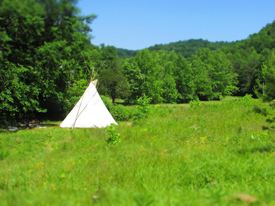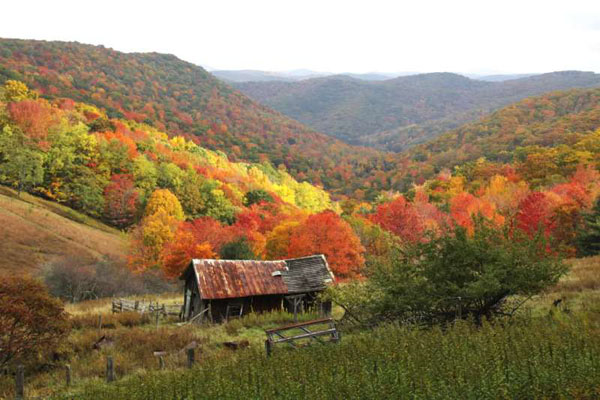Mountain towns are often some of the most beautiful places in the US, and can be good places to live and homestead. While opinions vary on which mountain towns are the ‘best’, living in places like this has many advantages. If you enjoy outdoor activities then you’ll understand the appeal. These mountain towns are popular for hiking, camping, biking, water sports, mountain climbing, sightseeing and other fun activities.
best places to live
Worst Places to Live with Minimal Building Codes: Fracking, Oil, Mining Regions
We have a whole series of articles about the best places to live with few or no building codes in the US. The other day I came across a video about oil shale fracking called Shale Cowboys. Then I remembered that the current Administration is pushing for US energy independence using oil shale and coal deposits. These areas would be among some of the worst places to establish a sustainable homestead in my opinion. Once the water table is polluted then the area is basically uninhabitable for the foreseeable future.
Best Places to Live with Minimal Building Codes: Pocahontas County, West Virginia
Few or No Building Codes in Rockcastle County, Kentucky

“Just wanted to chime in that we (Joana, Michael & Loren) are building in Rockcastle County, Kentucky and there are no building codes or regulations. We asked at the courthouse where the building regulations department was when we were thinking about buying the piece of property we are currently building on….they said with a certain measure of pride “Do you see a codes and regulations department in this courthouse? The people don’t want it!”
Best Places to Live with Minimal Building Codes: Idaho County

I’ve been planning a series of articles on the best places to live in North America that have few or no building codes — places that are ideal for homesteaders to build their sustainable home out of natural materials. I’m asking readers to send us their recommendations. Today’s article is the first installment of the series.

